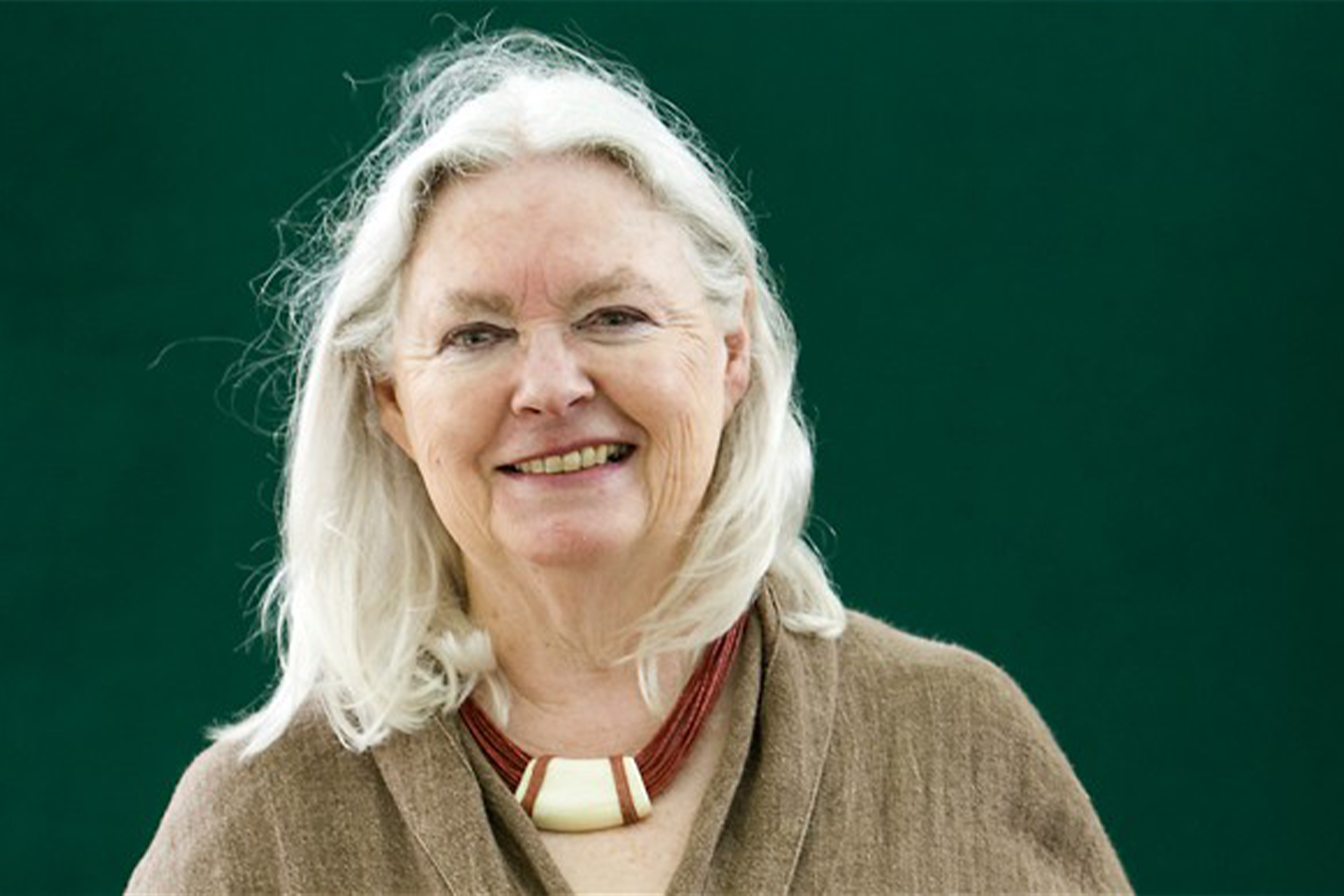
1. Do you plan your work, or go where the muse takes you?
I look, listen, think, and settle on an idea that won’t leave me alone.
2. What is your writing costume of choice?
I wear whatever is right for all the other things I do: Winter, a knitted tunic dress, leggings, boots. Summer, a jersey tunic, leggings, sandals .
3. What three things appear in every one of your books?
Things I observe: see, hear, touch, are in all my poems, in every book.
4. Where do you do most of your writing?
For this collection, I write in my corner of the glass and oak-frame extension, built on the south end of our old stone longhouse. Or anywhere if I am travelling, away from home, to capture an idea before it is lost
5. What fictional character/s do you identify with?
As a child, it was Enid Blyton’s tomboy, George. Now? Any woman who defies the limitations imposed by her class and gender.
6. Lark or owl? What’s your best time for writing?
I am a lark. I like to look up and see the world, our garden, fields and far horizon.
7. Who do you share your work in progress with?
My first reader is David, my husband. An architect, he understands creativity, shape and sound, and comes from a music and poetry-loving community in the South Wales valleys.
8. Silence, whale song, prog rock? What’s the soundtrack for your writing?
Birdsong, wind in the trees.
9. Which part of the writing process do you like best?
I love the moment when I open a new page, take a pen, and write the first line that comes to me.
10. What’s your main distraction/procrastination?
The house, garden, cooking, things that need doing.
11. What book are you reading at the moment?
Three books currently beside me are: Super-Infinite, about the poet John Donne, by Katherine Rundell; Tir, The story of the Welsh Landscape by Carwyn Graves; and the anthology W B Yeats: poems selected by Seamus Heaney
12. Social media – friend or foe?
I never go near social media. I have a website, where people, including students of my work, can ask me questions.
13. What woman writer/s do you most admire?
Jane Austen, the Brontes, George Eliot, Elizabeth Barrett Browning, Toni Morrison, Doris Lessing. etc
14. What do you see when you look up from your work?
Close, birds on the feeders. Then our garden, surrounded by laburnum, beech trees, then our fields, and distant fields on a hill over the valley, and, on a rare cold clear day, the summit of Pumlimon, a mountain miles away.
15. How do you tackle writer’s block?
I write when I feel like it. I don’t get writer’s block.
16. What is your writing beverage of choice?
Tea
17. What has changed most in your work as you’ve become more experienced?
I hope I have improved. I hope I write the truth in word-music, and that some of my lines stay in the mind of the reader, as those of the best poets stay in mine. For example, Spring days remind me of Larkin’s beautiful image: ‘The trees are coming into leaf/ like something almost being said’.
18. What’s your secret cultural indulgence?
I don’t think I have one. I enjoy music, literature, the visual arts.
19. What single thing would make your writing life better?
Time. Staying home, travelling less than I used to, has given me my latest book.
20. What one piece of advice would you give to your younger writing self?
Read. Read. Read.
GILLIAN CLARKE is a poet, playwright, editor, broadcaster, lecturer and translator (from Welsh). She edited the Anglo-Welsh Review from 1975 to 1984, and has taught creative writing in primary and secondary schools and at university level. She is president of Ty Newydd, the writers' centre in North Wales which she co-founded in 1990. Since 1994 she has been a tutor in Creative Writing at the University of Glamorgan and was National Poet of Wales 2008-15. Her 11th collection, The Silence, published by Carcanet in March, is a PBS Spring 2024 Recommendation.
